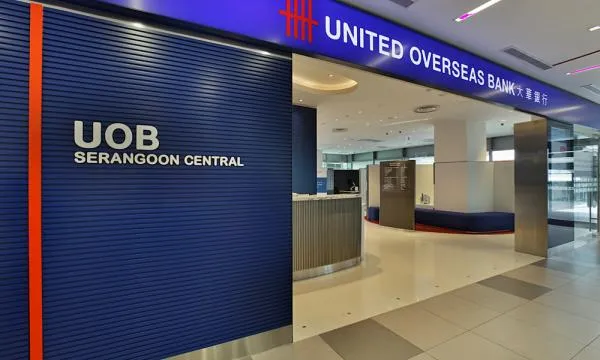
Are fixed rate mortgages Singapore banks' response to FFR hike delays?
UOB, HSBC, and DBS recently launched 3-year fixed rate home loan packages.
Analysts at RHB see this as a response to recent market expectations of delays in the hiking of Fed funds rate (FFR). This should translate to a delayed increase in SIBOR.
"As such, we believe the NIM-widening theme for SG banks may be pushed back as well. As DBS stands to gain the most from hikes in FFR, a delay would be negative for DBS. DBS’ total return to shareholders of 21.7% YTD could be at risk, in our view. We still prefer UOB amongst the three SG banks, on the back of its stronger balance sheet strength, ie high GP-to-loan ratio and high loan loss coverage. UOB’s higher share of loans to the home mortgage space is another factor that could keep its asset quality high," said RHB.
Here's more from RHB:
Fixed rate home mortgages – in response to delays in FFR hikes. UOB and HSBC have started selling 3-year fixed rate packages at 1.68% for each of the three years. We believe this is a consequence of market doubts over further rate hikes by the US Federal Reserve, as 71% of market forecasters now see an unchanged FFR till the end of Jan 2018, and given the recent 1.1% appreciation in the EUR vs USD since the end of Aug 2017.
UOB’s share of housing loans to total loans is the highest. In terms of loan breakdown for the three banks, UOB’s housing loan share of total loans is the highest at 27.6%, followed by OCBC’s 26.7%, and DBS’ 21.1%. The move by UOB is likely an attempt to capitalise on recent market expectations of a milder future rise in FFR.
The fixed mortgage loan rate of 1.68% remains higher than the current 3-month SIBOR of 1.12%, and is only marginally lower than the current 10-year SG sovereign bond yield of 1.94%. Whilst one can argue that mortgages offer low lending yields, we believe they are of better asset quality and a positive – home mortgages’ NPL ratios are typically lower than business loans’, particularly during periods of economic stress.
Delays in FFR hikes could negatively impact DBS. We believe that the impact on overall NIMs of the three banks is more relevant. Our sensitivity analysis shows that DBS is the key beneficiary of future rises in FFR. However, the current likely scenario appears to be less impending and fewer hikes in FFR and SIBOR.
In addition, DBS has highlighted concerns relating to likely further provisions for its oil & gas loan portfolio. Consequently, DBS’ share price may underperform going forward, in our opinion. YTD, DBS’ total return (inclusive of dividends) of +21.7% has outperformed UOB’s 18.8%, but has not been as robust as OCBC’s 26.1%.




![Lorem Ipsum [ABF 1]](https://cmg-qa.s3.ap-southeast-1.amazonaws.com/s3fs-public/styles/exclusive_featured_article/public/2025-03/a_hand_pointing_to_a_futuristic_technology_5b87c9d0e3_1.png.webp?itok=2w0y1WhS)


![Cross Domain [Manu + SBR + ABF + ABR + FMCG + HBR + ]](https://cmg-qa.s3.ap-southeast-1.amazonaws.com/s3fs-public/styles/exclusive_featured_article/public/2025-01/earth-3537401_1920_4.jpg.webp?itok=WaRpTJwE)







 Advertise
Advertise

